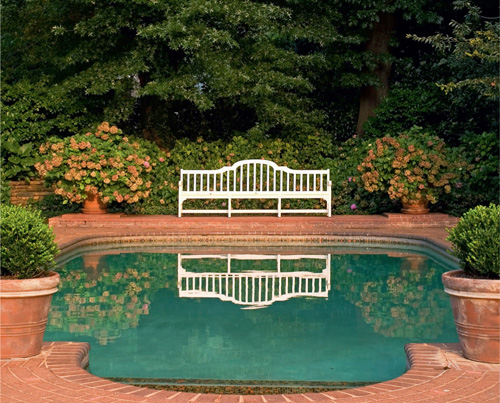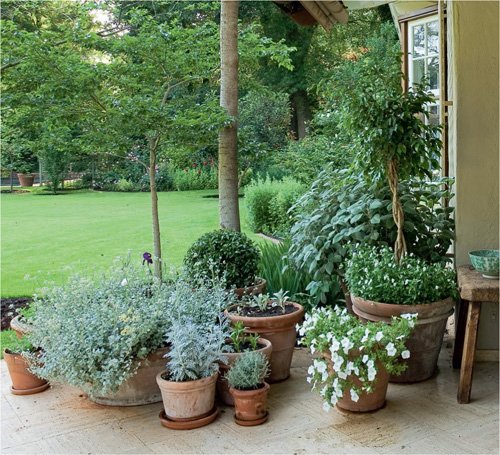Jewels in the garden


The doyenne of the grandest of Johannesburg gardens, the late Joane Pim, was responsible for the basic structure of this jewel-like garden, which was first laid out in the 1970s. Miss Pim, as she was always addressed, began by positioning the small saplings that would grow into massive trees. She had a faultless eye and her trees, some half-a-century later, set the framework for what has always been a lovely garden.
The almost two-hectare property now belongs to Chris and Sue Greig, a highly talented and motivated couple. Chris is the creative designer of the family-owned fine jewellery business and Sue is a cook of note, who has completed courses in some of the finest kitchens of the world. Both are passionate gardeners, and have worked tirelessly since taking ownership of the property to update and transform it into a spectacular contemporary garden, which is also a botanist’s delight.
Debbie Tenquist and Martine de la Harpe, who have an encyclopaedic knowledge of rare plants and where to source them, made recommendations and Chris introduced a variety of species that add a special touch.
‘It was a misty day when we first went to view this property. We couldn’t even see to the bottom of the garden, but we knew we had to have it …’
CHRIS GREIG













